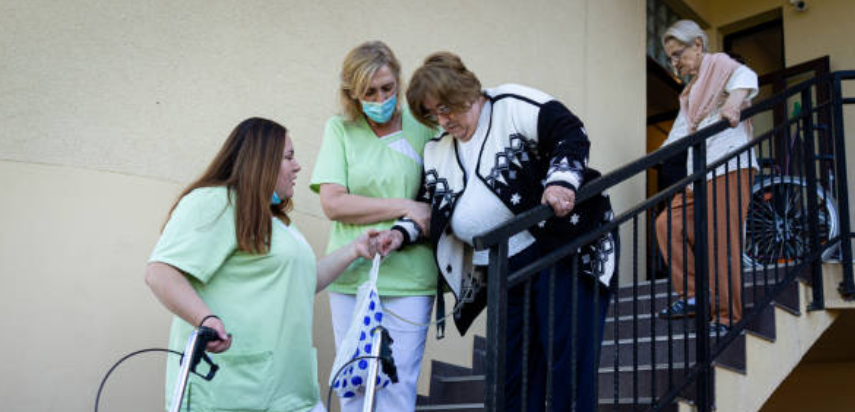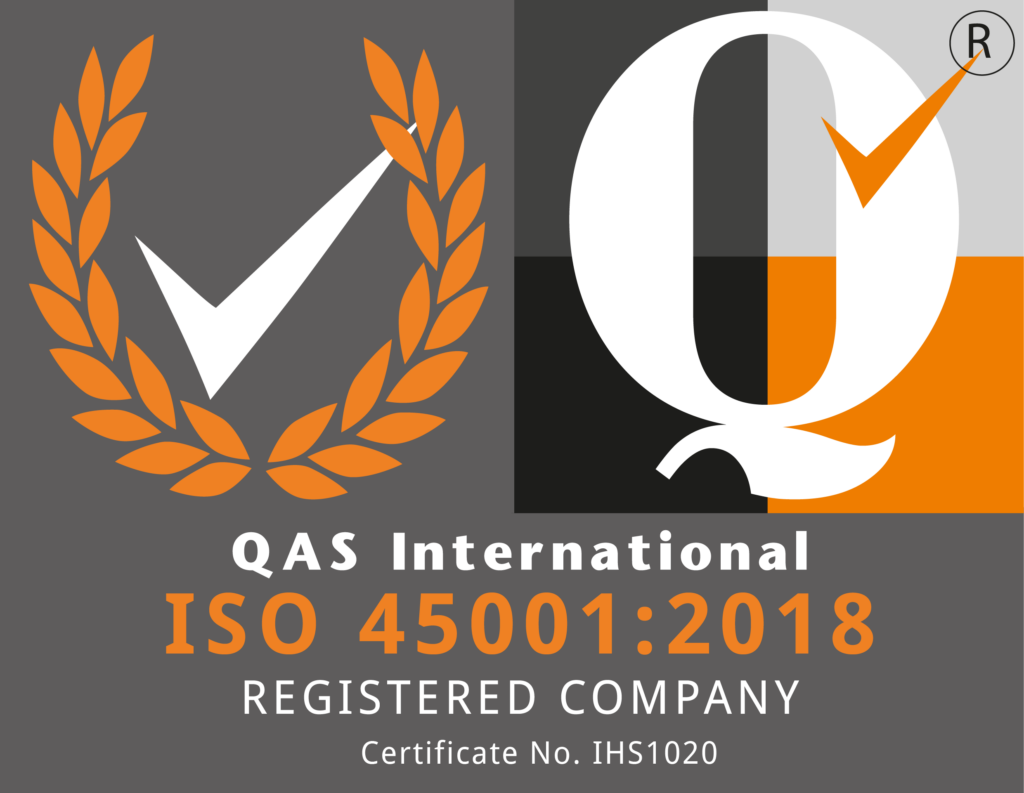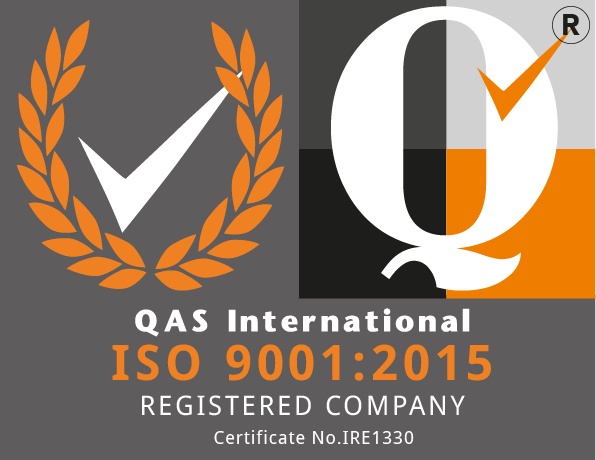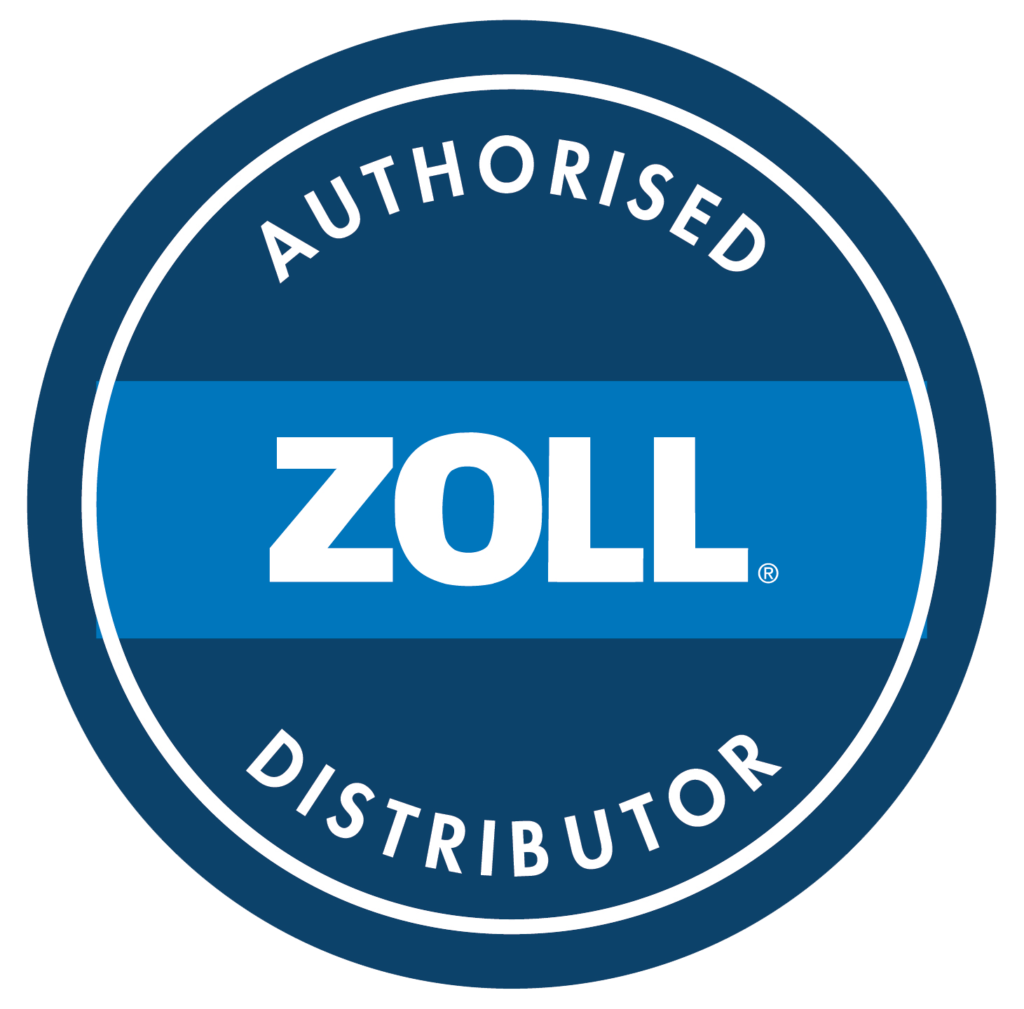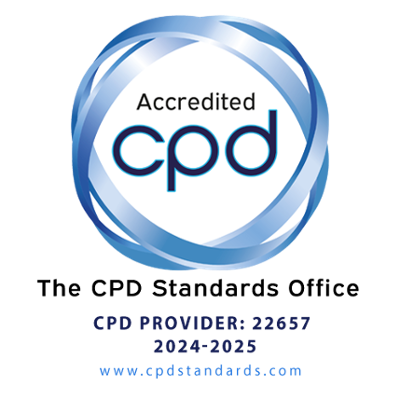Healthcare Home Evacuation Planning: Protecting Vulnerable Residents and Ensuring Compliance
At Phoenix STS, we recognise that effective evacuation planning is crucial for safeguarding residents in healthcare environments, including nursing homes, hospitals, and related care facilities. Our comprehensive approach supports compliance with HIQA Regulation 28, Building Control Regulations, and the Fire Services Act 1981. We help you protect vulnerable occupants and maintain the highest fire safety standard by delivering robust evacuation strategies tailored to each facility’s unique needs.
Why Tailored Healthcare Evacuation Planning Matters
- Resident Safety: Older adults, individuals with restricted mobility, and those with complex medical needs require specialist evacuation strategies. A thorough evacuation plan ensures all occupants can move rapidly and safely in an emergency.
- Legislative Compliance: Irish law mandates that healthcare providers adhere to key regulations, such as Building Control Regulations Part B, and the Safety, Health and Welfare at Work Act 2005. A well-crafted, site-specific evacuation plan demonstrates your dedication to meeting these standards.
- Risk Management: Comprehensive planning minimises confusion during an emergency, reducing potential harm to residents and staff. By integrating compartmentation strategies and smoke control systems, you limit fire spread and enhance your overall emergency preparedness.
- Regulatory Inspections: Compliance with HIQA and local fire authority requirements is vital. Proper evacuation plans streamline inspections and illustrate your commitment to ongoing safety improvements.
Our Approach to Healthcare Home Evacuation Planning
In-Depth Assessment
We begin by conducting an On-Site Fire Risk Assessment, thoroughly examining the building layout, resident profiles, existing fire protection measures, and staffing levels. This process ensures we identify any vulnerabilities and tailor our evacuation planning to your facility’s specific requirements. To ensure a robust outcome, we reference Irish guidelines, including HIQA’s National Standards, Building Control Regulations, and relevant codes of practice, such as PAS 79-1 for fire risk assessments.
Bespoke Evacuation Strategy Development
Each evacuation plan is developed to address the unique challenges of healthcare environments, including:
- Mobility and Accessibility: We design evacuation routes and procedures that accommodate wheelchairs and specialised evacuation aids.
- Compartmentation and Smoke Control: By dividing a facility into fire-safe compartments, we provide critical time for staff to relocate residents or await further assistance.
- Alarm and Detection Systems: Plans incorporate fire alarm activation protocols in line with I.S. 3218, ensuring early detection and efficient evacuation.
- Emergency Lighting: Acknowledging I.S. 3217, we verify that well-lit corridors and exits are maintained, preventing confusion during power outages.
Implementation and Staff Training
An evacuation plan is only effective if staff know precisely how to execute it. Phoenix STS provides on-site fire safety training and emergency drills, equipping healthcare personnel with the skills to:
- Quickly assess and respond to an alarm activation or smoke detection.
- Efficiently move residents to safe refuges or assembly points, including those with cognitive or mobility impairments.
- Operate evacuation aids and firefighting equipment where necessary.
- Communicate clearly with the local fire authority and internal response teams.
Coordination with External Stakeholders
We facilitate communication between your healthcare facility and emergency services, ensuring pre-fire planning documentation is readily accessible for first responders. By confirming hydrant locations, access routes, and firefighting procedures in advance, we can significantly reduce response times and potential risks to life.
Ongoing Review and Updates
To remain compliant with evolving regulations—such as amendments to the Building Control Regulations 1990 to 2024—and accommodate changing resident demographics, we periodically review and update all healthcare evacuation plans. Regular audits and drills allow us to identify areas for improvement, maintain staff readiness, and keep your documentation current.
Core Legislative and Regulatory Framework
- Fire Services Act 1981 (as amended): The person in control of the premises must take all necessary fire safety measures, including up-to-date evacuation planning and appropriate fire safety equipment.
- Building Control Regulations: Fire safety design must adhere to Building Control Regulations B to ensure structural stability, compartmentation, and safe means of escape.
- HIQA Regulation 28 (Fire Precautions): Sets specific requirements for residential care centres to demonstrate robust fire safety measures, including well-rehearsed evacuation procedures, staff training, and fire detection systems.
- Safety, Health and Welfare at Work Act 2005: It imposes general duties on employers, such as nursing home operators, to safeguard the health, safety, and welfare of staff and residents. Effective evacuation planning is a key component of compliance.
Benefits of Phoenix STS Evacuation Planning
- Expert Guidance: Our consultants bring years of experience in fire engineering, risk assessment, and healthcare safety, ensuring your facility meets all statutory obligations.
- Tailored Solutions: We recognise that each healthcare facility has unique needs, staff-to-resident ratios, and building characteristics. Our custom plans reflect these realities.
- Integrated Approach: In addition to evacuation planning, we offer fire safety training, risk assessments, emergency lighting, and alarm system reviews, creating a single source for comprehensive fire safety support.
- Regulatory Confidence: Clear, thorough documentation and expert-led training help demonstrate your compliance to HIQA inspectors, insurance assessors, and the local fire authority, thus mitigating enforcement risks.
- Staff Training: With our comprehensive range of On-Site Courses and Online Courses, complete with CPD certification, we’re here to transform your approach to safety and well-being in your nursing home.
Take the first step towards enhanced resident protection
Phoenix STS to discuss your healthcare evacuation plan requirements, or to learn more about our complete range of fire safety consultancy services.

